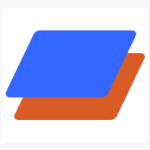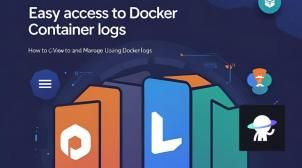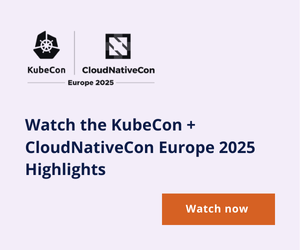-
The state of observability in 2025: a deep dive on our third annual Observability Survey
Dive into Grafana Labs' third annual Observability Survey for 2025! Uncover how observability practices are maturing, why traces are gaining traction, the enduring power of open source, the emerging role of AI, and how cost continues to drive tool selection across organizations of all sizes.
-
How Spacelift Can Improve Your Infrastructure Orchestration
Discover how Spacelift enhances infrastructure orchestration by streamlining complex workflows, improving governance, and increasing developer velocity. This guide covers Spacelift’s key features—from automated IaC workflows and policy-based access control to drift detection, resource visualization, and self-service infrastructure. Learn how Spacelift helps platform and DevOps teams manage Terraform, Pulumi, Kubernetes, and more with robust security, flexibility, and scalability.
-
Docker Container Logs: How to View & Manage
Easy access to Docker container logs is essential for effective development and debugging. This guide explores how to view and manage Docker logs using the docker logs command, Docker Compose, and Docker Desktop. It also covers where logs are stored, how to clear them, and best practices for centralized logging, log rotation, and structured output. Whether you're just starting with Docker or optimizing a production setup, this article will help you tailor container observability to your needs.
-
What are the benefits of decentralized AI infrastructure
Harness AI without sacrificing control! Discover the critical benefits of decentralized AI infrastructure for enterprises, from ironclad data privacy and sovereignty to enhanced security and compliance, and learn how solutions like Civo's relaxAI are setting new standards for responsible AI deployment.
-
Claude AI Exploited in Global Influence Campaign Using 100+ Fake Political Personas
A recent investigation reveals Claude AI was misused to manage over 100 fake personas in a covert political influence operation spanning multiple countries and platforms.
-
NVIDIA Unveils DOCA Argus at RSAC 2025 to Boost AI Security
NVIDIA launches DOCA Argus at RSAC 2025, real-time threat detection and runtime protection for AI workloads with isolated DPU-based security.
-
Is Real-time Adaptive Security the Future of Data Integrity and Security
Explore how real-time adaptive security, powered by AI and machine learning, is shaping the future of data integrity and cybersecurity.
-
Introducing the Anaconda Community Channel: Expanding Your Open Source Arsenal While Maintaining Enterprise Control
Introducing the Anaconda Community Channel – Unlock access to over 16,000 additional open-source packages with the new Community Channel in the Anaconda AI Platform. Designed for enterprises, it offers seamless compatibility with Anaconda’s trusted distribution, all while maintaining governance, security, and compliance. Empower developers, reduce admin overhead, and accelerate innovation—without compromising control. Now available for Business tier customers.
-
The Shadow AI Crisis: Why Enterprise Governance Can’t Wait Any Longer
The Shadow AI Crisis: Why Enterprise Governance Can’t Wait – With over 70% of AI use happening outside IT’s control, shadow AI is creating massive security, compliance, and visibility risks. As unofficial tools proliferate, the need for enterprise-ready governance is urgent. Learn how forward-thinking organizations are turning this underground trend into a competitive advantage with smarter platforms, embedded security, and real-time oversight.
-
Zscaler to Transform AI-Driven Security Operations with Red Canary Acquisition
Zscaler expands its AI-driven security operations with the Red Canary acquisition, following Canonic Security and Trustdome.
-
Secure and Scalable Kubernetes for Multi-Cluster Management
Managing multi-cluster Kubernetes environments across clouds and data centers introduces complexity, security gaps, and observability challenges. This article explores how Calico Cluster Mesh provides seamless inter-cluster connectivity, fine-grained security policies, intelligent traffic management, and unified observability—empowering teams to build scalable, secure, and efficient Kubernetes architectures. Learn how companies like Box leverage Calico to enforce zero-trust security and simplify multi-cluster operations.
-
Workload Identity Meets Supply Chain Security: Teleport's Sigstore Integration
Modern software supply chains face increasing complexity and risk, especially from supply chain attacks like SUNBURST. This article explores how Sigstore and Teleport's Machine & Workload Identity can fortify your CI/CD pipeline. Learn how Sigstore enables keyless, verifiable artifact signing, and how Teleport integrates these signatures into workload attestation using SPIFFE-based SVIDs. Discover how to enforce policies that block compromised containers from accessing sensitive resources, and how cryptographic identity can replace static secrets for secure service-to-service communication. A must-read for DevSecOps teams aiming to embed security into the development lifecycle.
Filter & Sort



















